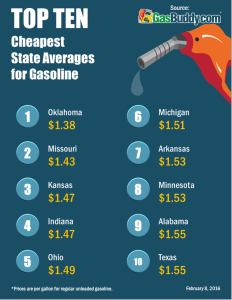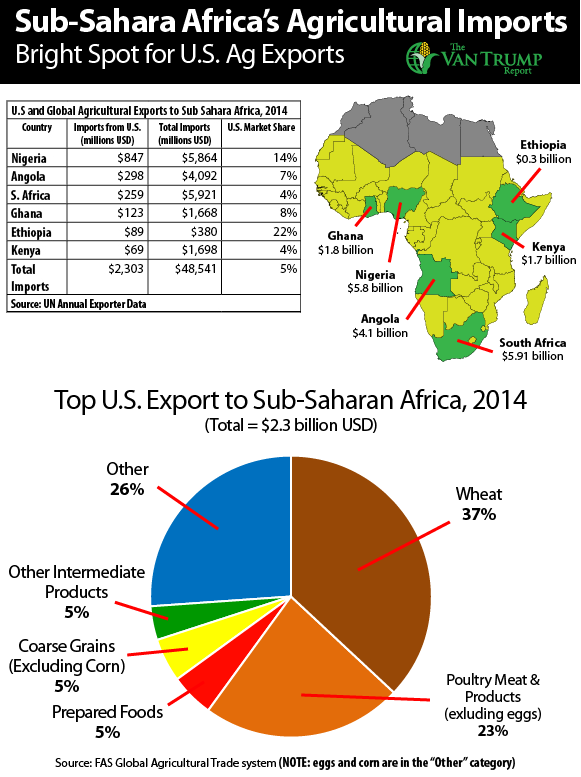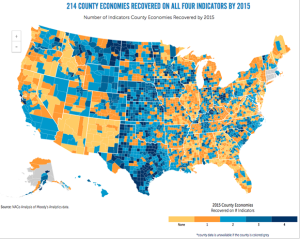Grain Market Update
Corn prices are slightly higher this morning on the heels of a small rebound in wheat and soybeans. There’s really no fresh news to report following the extend weekend, the weather in South America remains mostly benign, the Chinese continue to sit on a glut of corn as their reserve price remains in question, and the trade continues to believe the USDA will soon announce that they see more corn acres being planted here in the U.S. during 2016. From both a spec and technical perspective it seems really hard for me to imagine old-crop prices in the MAR16 contract moving beyond the $3.70 to $3.80 area based on the current circumstances and headlines. Sure I could argue that we will see more of a short-covering rally in the entire commodity sector if crude oil can continue to find its legs and move more aggressively north of $30 per barrel, but I suspect that’s only money sloshing around and does very little to change or alter the overall current bearish fundamentals that are still entrenched in this market. As for new-crop prices, I still argue that the DEC16 contract will continue to find extremely heavy resistance up between the $3.95 to $4.10 area. As a producer who is wanting to reduce more new-crop risk, I simply remain patient! Personally I’m targeting the late-March to early-May time period as our next bullish window of opportunity. A period of time where I suspect many of the current cards on the table are reshuffled and U.S. weather starts to more aggressively move to the forefront… Moral of the story, despite the possibilities of small nearby bounce on increased crude oil optimism and temporary commodity short-covering, I continue to keep hedges place fearing we could still see another round of lower prices within the next 30-days.
Spring Crop Revenue Insurance Guarantees: Remember these prices will update daily during the month of February as the price average is determined.
- Corn $3.87^6 (Avg. close of the DEC16 contract during Feb)
- Soybeans $8.85^4 (Avg. close of the NOV16 contract during Feb)
Soybeans bulls are hoping the trade can somehow gather enough momentum into a wave of bearish fundamentals to overcome the heavy resistance on the charts up between $8.90 and $9.10 per bushel. It’s hard for me to imagine this market breaking-out beyond these levels with the South American crop continuing to advance without any major widespread disruptions. The recent rainfall totals in Argentina have helped production in many key locations, while the Brazilian harvest continuing to advance with more reports circulating of better than expected yields. Traders will be eager this week to see how the Chinese crush margins respond now that we have moved past the week long Lunar New Year holiday. As for U.S. headlines, traders are patiently waiting to see what the USDA has to say late next week at their 2016 Ag Outlook Forum. Early thoughts remain +1 to +2 million more soybean acres being planted in 2016, with an average yield starting out somewhere between 46.5 and 47.5 bushels per acre….neither of which are considered bullish! As both a spec and a producer I clearly […]



